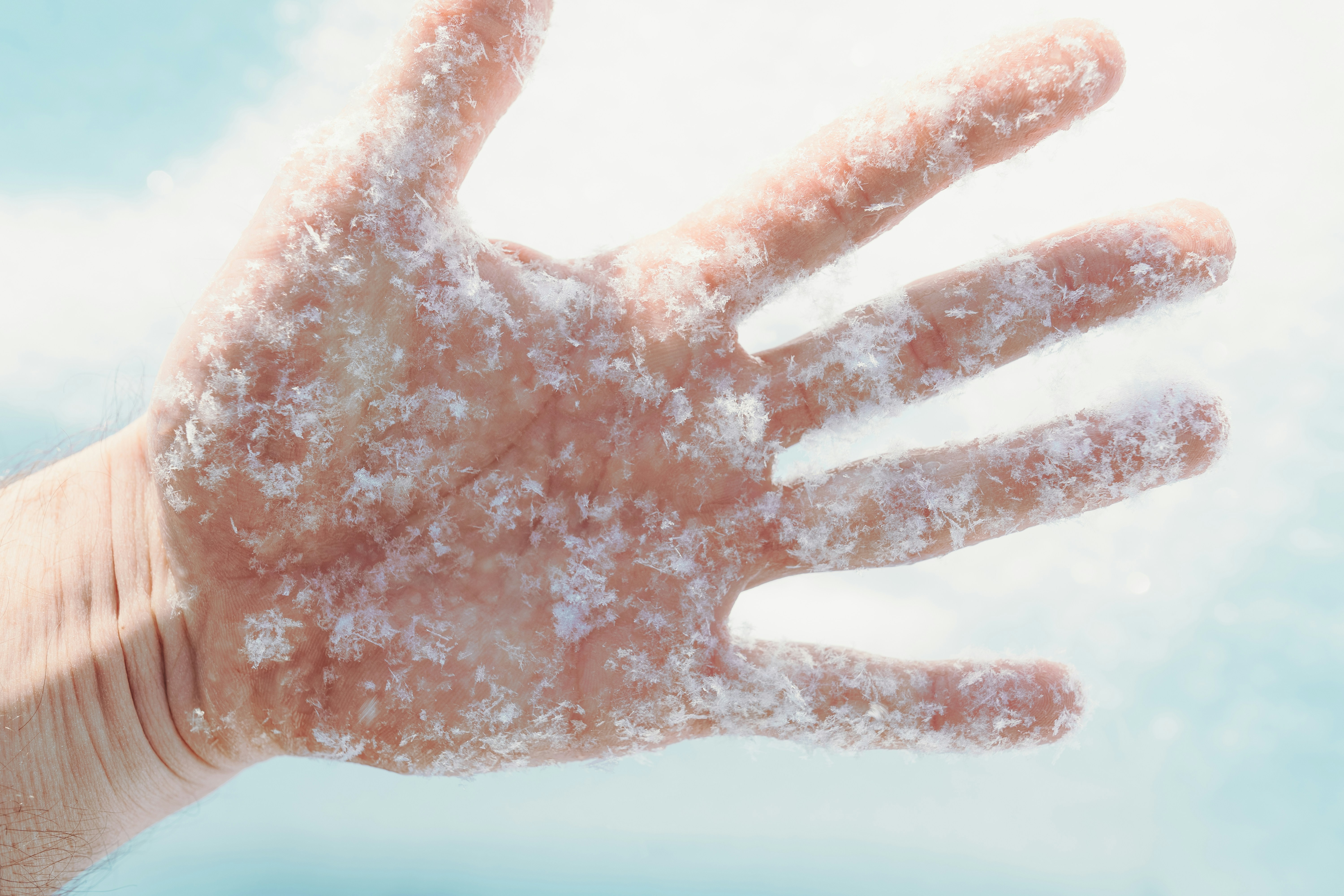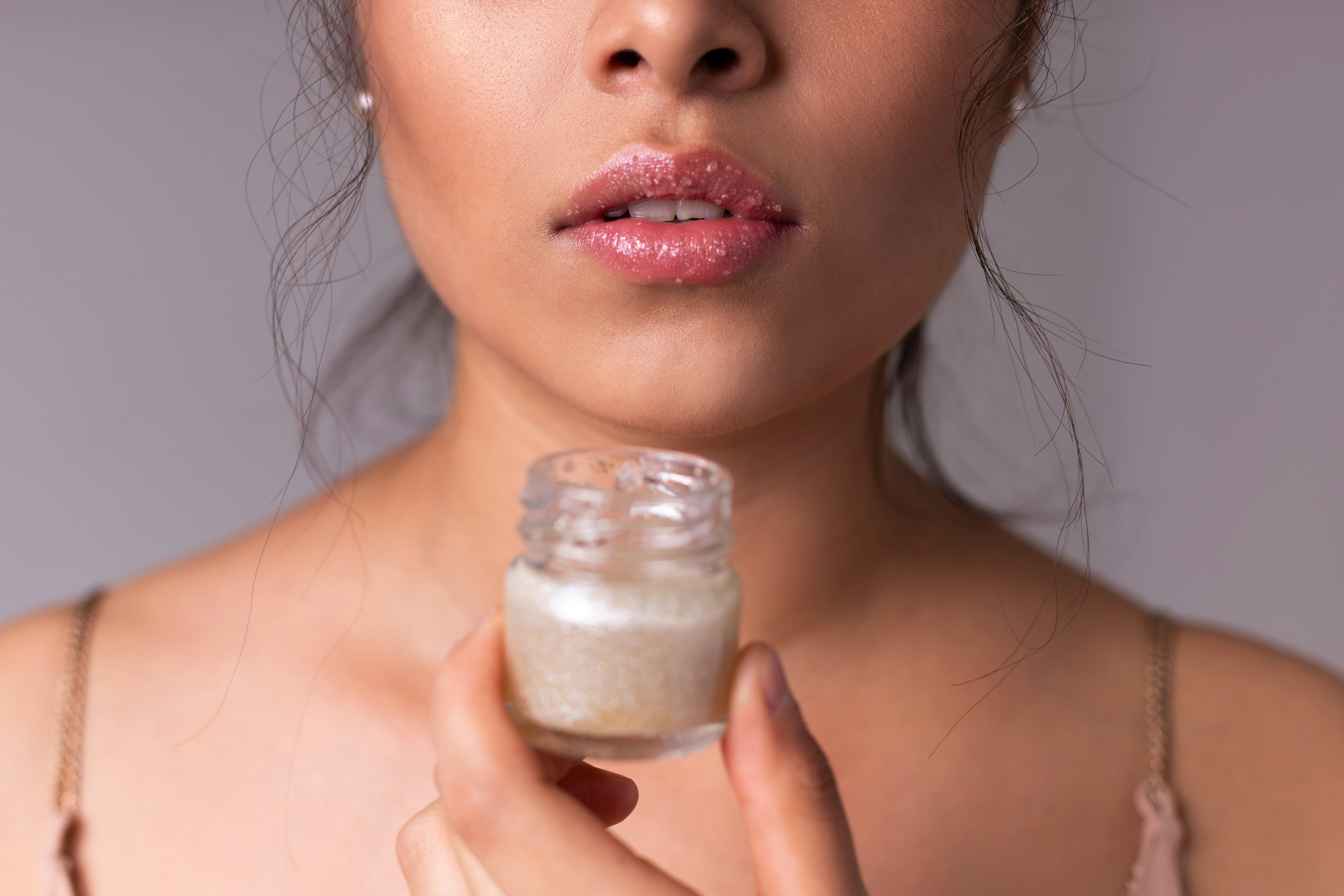Transform Your Skincare: The Impact of Product Textures on Efficacy
When it comes to skincare routines, the conversation too often zeros in on ingredients and formulations, leaving out a crucial aspect: the textures of the products themselves. The way a skincare product feels—be it a rich cream, a lightweight gel, a nourishing oil, or a silken serum—does more than just affect user satisfaction; it can significantly influence perceived effectiveness.
In this exploration of the interplay between texture and user experience, we will delve deep into the psychological impacts of different textures, how they relate to various skin types, and offer practical advice on how to choose products that align not only with your skin's needs but also your sensory preferences. By the end of this article, you’ll be equipped to transform your skincare routine in a way that celebrates both efficacy and enjoyment.
Understanding Textures in Skincare
The Spectrum of Texture in Skincare
When discussing skincare textures, we can typically categorize products into four main types: gels, creams, oils, and serums. Each of these offers a unique sensory experience and caters to different skin types and concerns.
-
Gels: Known for their lightweight, refreshing feel, gel products often contain water as a primary ingredient, making them perfect for oily or acne-prone skin. They absorb quickly and can provide hydration without the heaviness associated with creams.
-
Creams: These thicker, more emollient formulations are typically chosen by those with dry or mature skin. They deliver rich hydration and create a protective barrier on the skin, which can enhance the efficacy of active ingredients.
-
Oils: Skincare oils are celebrated for their nourishing properties. They're often full of lipids that mimic the natural oils of the skin, making them ideal for maintaining moisture. However, they may not be suited for individuals with oily skin, as they can create a greasy feeling.
-
Serums: These products are usually more concentrated than creams and have a lightweight consistency, allowing for deeper penetration into the skin. Serums can offer specialized benefits—think of them as the targeted treatments of the skincare world.
Feeling the difference between these textures can change your approach to your skincare regimen. The sensations they evoke can influence your routine in subtle yet impactful ways.
Psychological Impact of Texture
The role of texture in skincare goes beyond mere tactile experience; it’s intertwined with psychological factors that affect user satisfaction and perception. Here are a few key psychological notions to consider:
-
Sensory Satisfaction: The texture of a product can evoke a range of feelings, from comfort and relaxation to excitement and rejuvenation. A rich cream can provide a sense of indulgence, while a lightweight gel feels refreshing on hot days.
-
Mood Enhancement: As we explore in our article, “The Scent of Wellness: How Fragrance Shapes Your Skincare Choices,” fragrances can tie into the overall texture experience, amplifying emotional responses. A creamy moisturizer with a comforting scent may elevate your self-care ritual just as much as the physical benefits it offers.
-
Expectation and Efficacy: According to psychological studies, the texture of a product can shape perceptions of its effectiveness. Participants in one study believed thicker creams delivered better hydration than gels, regardless of actual moisture content. This expectation underscores the notion that our enjoyment and satisfaction can influence our perceived results.
The Skin Type Connection
Not all textures are suitable for every skin type, and choosing the right product is essential for maximizing benefits. Here’s a quick rundown of what textures work best for different skin types:
-
Oily Skin: Opt for gel or lightweight water-based formulas that hydrate without feeling heavy. These products won’t clog pores and can help control oil production.
-
Dry Skin: Creams and oils work best, as their thicker consistency helps to lock in moisture and provide long-lasting hydration.
-
Combination Skin: A balance is key here. Light gels can be used on oily areas, while richer creams can treat dry patches.
-
Sensitive Skin: Look for products with lightweight, soothing textures, and always ensure they are free from irritating fragrances or harsh ingredients.
How Textures Interact with Active Ingredients
Active ingredients often dictate the efficacy of skincare products. However, the texture of the formulation can impact how well these ingredients are absorbed and utilized by the skin. For instance, a serum enriched with vitamin C can be more effective in a lightweight, gel-like texture, allowing for deeper penetration into the epidermis.
Creams may slow absorption due to their thickness but can offer a prolonged effect by slowing the release of active compounds. Understanding how textures affect the interaction between these potent ingredients and your skin can be the game-changer in your skincare routine.
Choosing the Right Texture for Your Routine
Personal Preference Meets Skin Needs
When selecting skincare products, it becomes vital to find a balance between what feels good and what works well for your specific skin type. Asking questions like, "Do I prefer a refreshing gel, or does the comforting feel of cream resonate more?" can guide your decisions.
-
Conduct a Patch Test: Always test a new texture on a small area of your skin first. This practice will help you gauge not only how your skin reacts but also how you enjoy the feel of the product.
-
Layering Textures: The art of layering can create a multidimensional skincare routine. Start with a lightweight gel serum followed by a cream for hydration. Remember the layering sequence: typically, you would apply the thinnest texture first, working your way to thicker products.
-
Seasonal Considerations: Your skin’s needs can change with the seasons. You may prefer light gels in summertime and switch to rich creams in the colder months.
Common Misconceptions About Texture
While understanding textures is a fundamental aspect of skincare, some myths persist that can mislead consumers. Here are a few common misconceptions:
-
Thicker Equals Better: Many believe that thicker products are inherently more effective, but this isn’t always true. Efficacy depends on the ingredient and formulation, not solely the texture.
-
Oil-Free is Always Better: While oil-free products might suit oily skin types, nourishing oils can benefit many skin types, regardless of oil production.
-
All Serums are the Same: With so many options available, not all serums are created equally. The base texture (gel versus cream-like) plays a significant role in its performance.
The Transformation of Your Skincare Journey
Incorporating texture preferences into your skincare routine can be transformative, cultivating a holistic approach to self-care. Engaging with your product choices through texture and sensory experience creates a more personalized and enjoyable routine, enhancing not just the effectiveness of your products but also your overall satisfaction.
Building a Routine Emphasizing Texture
Step-by-Step Guide
-
Identify Your Skin Type: This foundational step is vital. Once you understand your unique skin needs, you can effectively choose textures that cater to those.
-
Experiment with Textures: Don’t hesitate to explore. Samples are often available at beauty counters or through online orders.
-
Create a Cohesive Flow: Aim for textures that complement one another throughout your routine—from cleansing to moisturization.
-
Listen to Your Skin: Be attentive to how your skin responds to different textures and adjust accordingly. Your enjoyment is as vital as the product's components.
Final Thoughts
Understanding how the texture of skincare products impacts user experience and efficacy opens a new dimension to your beauty routine. By focusing on sensory engagement, along with skin-specific needs and desires, you empower yourself to make informed choices that elevate your skincare ritual.
You may find yourself reveling in the soothing feel of a rich cream, or the refreshing burst of a gel; whatever your preference may be, acknowledge the joy and effectiveness that textures bring to your journey towards radiant skin.
Equipped with knowledge on how different textures can elevate your skincare experience, it’s time to transform your approach and indulge in what feels best for you!












